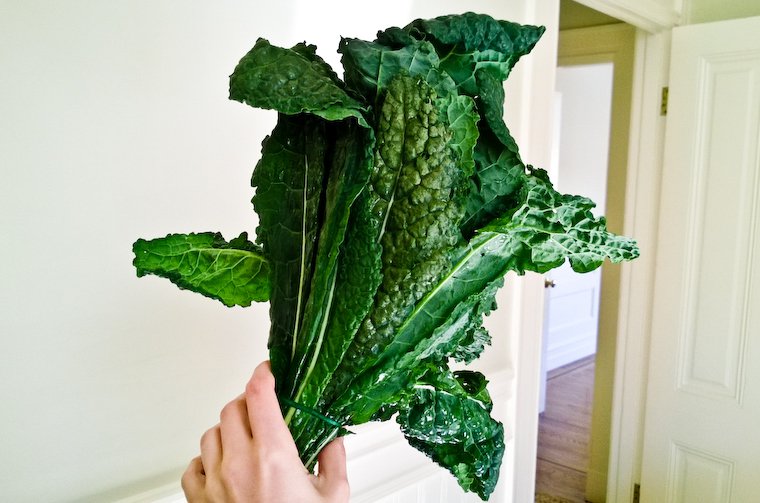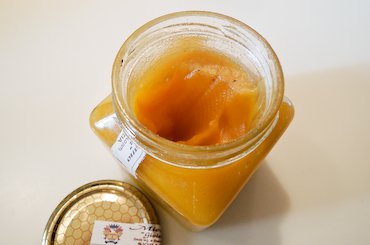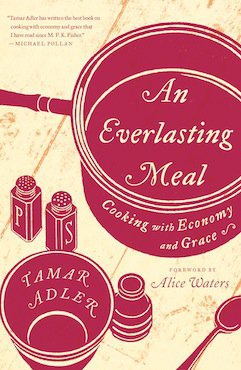Silencio is the name of a membership club that opened a little over a year ago in Paris, with creative help from David Lynch. It’s built way underground, and the ambiance is quite eerie, with dim lighting and a Lynch-designed decor that’s all smoked mirrors and faded gold*.
Access is reserved to members until midnight, when the place turns into a more classic nightclub, and during this first half of the evening, they get to watch films in the twenty-four-seat cinema, enjoy private concerts, or just hang out and drink cocktails at the bar. And every Saturday night, from 8 till 10, a guest from the world of food is invited to host a tasting session and meet the members.
Two Saturdays ago, the guest was yours truly, and the theme I had chosen was superfoods: my idea was to serve four little dishes in which a maximum of ingredients would be foods that are notoriously good for you, offering a wide range of nutrients and possessing magical disease-fighting powers.
I approach this sort of thing with equal parts excitement and trepidation, and prepared as much as I could beforehand, drawing up multiple lists to steady me. Then, with my friend Mary** joining me to help, I spent the afternoon cooking in the club’s galley kitchen.
The tasting started with kale chips, since kale is newly available in Paris and Kristen, of the Kale Project, had kindly helped me procure a few bunches of dinosaur kale and curly kale.
We moved on to a sweet potato mash — French-grown organic sweet potatoes roasted in the oven, mashed with the skin on and spiked with fresh ginger and lime juice — topped with a savory granola made with mixed rolled grains, sunflower seeds, and hemp seeds.
Then came miniature pizzette, on a no-knead dough of einkorn wheat flour, topped with a little ricotta, thinly sliced broccoli, and a dollop of squash seed pesto. And finally, dessert was two-bite servings of chocolate buckwheat cake.
The event went beautifully well, and I had a fun time skipping back and forth from the kitchen to the bar, chatting with visitors, telling them all about kale, and superfoods, and why you should eat them.
As a souvenir from that evening, I wanted to share the recipe for the savory granola I served as a topping for the mashed sweet potatoes. It is derived from this one, with a few modifications: I used mixed rolled grains, added some hemp seeds, used nutritional yeast rather than parmesan to make it dairy-free, and added some barley malt syrup so it would brown nicely in the oven. And I flavored it with the hot Cajun spice mix that was included in a sample Gastronomiz box I received in preparation for an article I’m writing about culinary subscription boxes.
The resulting granola can be served as a rather addictive snack with drinks, it can top any kind of vegetable — especially mashed or steamed — for a bit of textural contrast, and it does really well over a salad of grated carrots and beets.
Have you ever had or made savory granola? How was it served, or how did you use it?
{For more granola goodness, check my basic granola formula and my raw buckwheat granola.}
* You can read more about the club’s interior design in this interview with designer Raphael Navot.
** She’s a food stylist and she’s wonderful to work with. You should hire her!
Continue reading »








